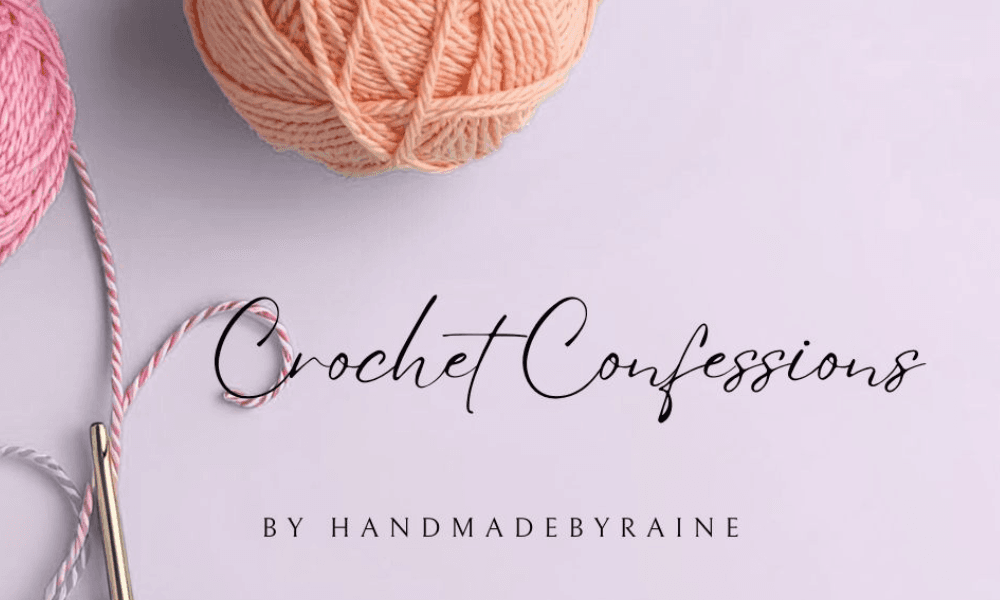Overview
iBlush is a Direct-to-Consumer (DTC) eCommerce brand specializing in alcohol flush solutions. The business, founded in 2020, has grown into a category-defining brand with a diverse product range, including transdermal patches, tablets, and fast-acting gels. The brand primarily serves customers in Australia, the USA, Canada, and the UK through its Shopify store and Amazon expansion efforts.
With $1.5M in annual revenue and a repeat purchase rate of 36% (76% for the gel product in Jan 2025), iBlush has demonstrated strong product-market fit. However, its 0.4x revenue multiple and 2.9x profit multiple suggest an undervaluation, possibly due to operational inefficiencies, unstable revenue patterns, and growth challenges.
The website metrics and digital marketing strategy indicate room for scalability, repositioning, and operational improvements. However, concerns regarding brand credibility (lack of Trustpilot/Google reviews), inconsistent revenue trends, and reliance on paid acquisition must be addressed before making an acquisition decision.
Key Insights
Website Performance & Brand Positioning
Website Metrics: iBlush has a bounce rate of 67.77% and monthly traffic of 15.9K—suggesting either poor targeting, weak user experience, or unoptimized ad campaigns.
Website Design & Navigation: The website lacks organization, which may be affecting conversion rates and customer trust.
Product Offering & SKUs: The product range is niche-focused (alcohol flush supplements), limiting its target audience but also making it a specialized brand.
Conversion & Repeat Business: The conversion rate is low, but the repeat purchase rate (36%) indicates strong customer satisfaction. Subscription-based sales could further stabilize revenue.
Brand Positioning & Customer Sentiment: The brand has an active influencer marketing strategy and a strong presence on social media (10.6K TikTok followers). However, the lack of third-party Trustpilot and Google reviews raises concerns about credibility.
Financial Performance & Multiples
Revenue & Profit Trends: The business has unstable revenue and profit patterns, with a spike in November 2024, followed by inconsistency.
Profitability: With $232K in annual profit, the 15% profit margin is moderate but could be improved through cost optimizations.
Revenue Multiple (0.4x): Well below industry standards, suggesting either undervaluation or business stagnation.
Profit Multiple (2.9x): Within a reasonable range, indicating stable profitability despite revenue fluctuations.
AOV & CLV: An AOV of $76 is strong, especially in a niche supplement category. However, further insights into Customer Lifetime Value (CLV) are needed.
Marketing & Customer Acquisition
Paid Marketing Dependency:
60% of ads on Meta, 40% on Google Ads, with a Marketing Efficiency Ratio (MER) of 2.3—indicating relatively strong returns on ad spend.
Ads are managed by freelancers, posing a continuity risk if they are not retained post-acquisition.
Organic Growth & Email Marketing:
42K+ Klaviyo email subscribers (33% open rate, 0.1% conversion rate) indicate potential for stronger email monetization.
Influencer-driven content on Instagram & TikTok has contributed to brand awareness but lacks Trustpilot/Google reviews to support credibility.
Scalability Potential:
Amazon Expansion in the USA & UK could significantly boost revenue.
Retail partnerships (currently in exploratory stages) offer a new distribution channel.
B2B opportunities & subscriptions could further stabilize revenue.
Operational Efficiency & Logistics
Lean Business Model:
3PL fulfillment partner handles logistics, reducing overhead costs.
Minimal hands-on involvement—owners spend ~3 days per week managing the business.
Outsourced Support:
One full-time customer support agent (Philippines-based), ensuring smooth service operations.
Marketing team is freelance, posing risks for long-term stability.
Supply Chain & Scalability Risks:
Relies on a single compounding pharmacist—potential risk if supplier relationships are not secured contractually.
Manufacturing & fulfillment partnerships must be assessed for scalability and reliability.
Legal & Compliance Risks
No Trustpilot or Google Reviews: A red flag for brand credibility and could indicate filtered or managed reputation control.
Alcohol-related regulatory risks: Depending on the region, alcohol-related health products may require different compliance measures.
Lack of Transparent Financial Disclosures: No access to detailed revenue/profit trends, which must be verified with the seller before proceeding.
Challenges Identified
Unstable Revenue & Profit Trends
The business has fluctuating revenues despite a strong product-market fit.
November 2024 saw a revenue spike, but post-November, sales returned to unstable patterns—suggesting seasonality, ad performance fluctuations, or weak organic growth.
Credibility & Customer Trust Issues
No Trustpilot or Google reviews despite 4 years in operation.
Reviews are only available on iBlush’s own website, making them difficult to verify.
Over-Reliance on Paid Marketing
Heavy reliance on Meta & Google Ads (freelancer-managed) could pose challenges if ads stop performing.
Organic traffic and SEO strategy need improvement for long-term growth.
Limited Product Diversification
iBlush only offers alcohol flush-related products, making it highly niche-dependent.
The upcoming hangover remedy solution could help expand its market, but repositioning may be required for further growth.
Potential Operational Risks
Freelance-based marketing model lacks stability—transition risks if freelancers leave post-acquisition.
Supplier dependency on a single pharmacist could pose future risks if the supply chain is disrupted.
Recommendations
Verify Financial Performance & Growth Trends
Request revenue and profit trends for the past 24 months to assess stability.
Analyze seasonality factors influencing sales spikes and dips.
Investigate Customer Trust & Reviews
Understand why the business has no third-party reviews despite a 4-year track record.
Conduct independent customer sentiment analysis to assess brand perception.
Optimize Website & Organic Marketing
Improve website UI/UX and reduce bounce rate to enhance conversion.
Strengthen SEO & influencer collaborations for organic lead generation.
Assess Operational Risks & Supply Chain Agreements
Secure supplier contracts and confirm the scalability of the pharmacist partnership.
Ensure continuity of key staff (freelancers, ad buyers, and customer support team) post-acquisition.
Diversify Revenue Streams
Explore retail partnerships & B2B bulk orders.
Develop a subscription model to stabilize recurring revenue.
Expand into related wellness categories to reduce niche dependency.
Conclusion
iBlush presents a unique opportunity to acquire a category-leading brand with high margins and a strong customer base. The Amazon expansion, potential retail partnerships, and upcoming product launches indicate scalability opportunities.
However, the unstable revenue, lack of third-party credibility (Trustpilot/Google reviews), and heavy reliance on paid marketing introduce risks that must be carefully evaluated.
Before making an acquisition decision, direct communication with the seller is necessary to:
Verify financial trends & revenue stability.
Understand why they are selling and whether they foresee future challenges.
Secure operational stability & continuity.
























